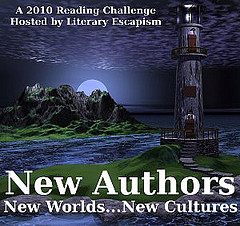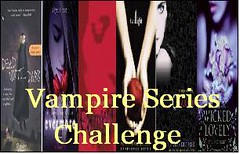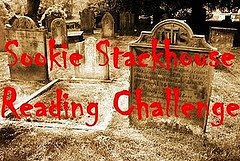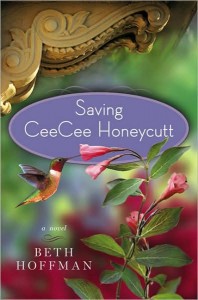
“She is really excessively pretty. However you may choose to question the allurements of a lady no longer young, I must for my own part declare that I have seldom seen so lovely a woman as Lady Susan.” (page 49)
What is truth and what is fiction about Lady Susan is tough to discern as each character’s opinion of her becomes more fluid, changing as new situations and information come to light. She comes to live with her brother-in-law and his wife, Catherine, whom she tried to prevent from marrying her husband’s brother. Once in Churchill, she meets Catherine’s brother Reginald, who already has a negative opinion of her, and she takes on the challenge of changing his mind, though to outsiders it looks as though she is flirting and making romantic inroads with him. Enter Frederica, and her “lover” Sir James Martin. The stage is set for great drama and entanglements.
“Her behavior to him, independent of her general character, has been so inexcusably artful and ungenerous since out marriage was first in agitation, that no one less amiable and mild than himself could have overlooked it at all; and though as his brother’s widow and in narrow circumstances it was proper to render her pecuniary assistance, I cannot help thinking his pressing invitation to her to visit us at Churchill perfectly unnecessary.” (page 46)
Unlike Austen’s other novels and unfinished pieces, Lady Susan is not the typical heroine because she lives on the outskirts of society and enjoys herself in many ways. She’s conniving in her machinations to find a match for her daughter, convince others of her propriety and social graces, and rightness of her decisions. She is not a character that many readers will like or even come to like, but Austen seems to be using her negative personality traits to illustrate the machinations that are often done behind the scenes in Regency society as mothers seek husbands for their daughters and widows seeks to find another husband at an advanced age.
Overall, Lady Susan is an ambitious short novel that attempts to tackle society from a different angle. Rather than place the young ladies eligible for husbands at the center of a (sort-of) conceit in which Lady Susan is the opposite of well-mannered society women and the men in her life are not in control of the situation nor their emotions. Austen has tackled another difficult aspect of Regency society.
***I’ve wanted to read this novel since Anna embarked on her journey to read all of Austen’s works.***
This is my 2nd book for the 2011 Wish I’d Read That Challenge.
Interested in my other reviews of Austen’s unfinished novels, check out The Watsons and Sanditon.


 This is my 10th book for the Everything Austen II Challenge.
This is my 10th book for the Everything Austen II Challenge. Pamela Jane‘s A Vampire Is Coming to Dinner! 10 Rules to Follow is a picture book for ages three to eight and is brightly illustrated by Pedro Rodriguez.
Pamela Jane‘s A Vampire Is Coming to Dinner! 10 Rules to Follow is a picture book for ages three to eight and is brightly illustrated by Pedro Rodriguez.







 About the Author:
About the Author:



 Charlaine Harris‘s Club Dead is the third book in the southern vampire series, which I’m reading for the
Charlaine Harris‘s Club Dead is the third book in the southern vampire series, which I’m reading for the 





